Looking after your skin doesn’t always mean booking an expensive spa appointment. With the right approach, tools, and knowledge, you can create a refreshing skincare ritual right at home. Amateur facials, often referred to as at-home or DIY facials, provide a practical and cost-effective way to achieve glowing skin without leaving your bathroom. Whether you’re a beginner or a skincare enthusiast, this guide explores everything you need to know to confidently practice facials at home.
What Are Amateur Facials?
An amateur facial is essentially a self-administered skincare treatment designed to cleanse, exfoliate, hydrate, and rejuvenate the skin. Unlike professional facials performed by licensed estheticians, at-home facials rely on accessible tools and ingredients, many of which are already in your kitchen or local pharmacy.
The main distinction between professional and amateur facials lies in technique and expertise. While spas offer advanced treatments such as chemical peels, microdermabrasion, or LED therapy, DIY facials focus on gentle methods that are safe to practice at home. For people who prefer convenience, personalization, and affordability, at-home facials are an excellent alternative.
Benefits of Amateur Facials
Regular facials, whether professional or DIY, provide noticeable benefits for your skin. Choosing to do them yourself amplifies these advantages:
- Improved Skin Health – Removes impurities, dead cells, and buildup that clog pores.
- Cost Savings – A spa facial may cost anywhere from $50 to $200, while homemade versions cost only a fraction of that.
- Convenience– means you can take care of your skin whenever you want, including late at night or during the weekends.
- Customization – You decide what products or natural ingredients to apply, tailoring the facial to your unique skin type.
- Relaxation – The process can double as a stress-relief ritual, calming both mind and body.
Maintaining good skin is more about consistency rather than using expensive products. Simple facial routines promote a habit of taking care of oneself regularly.” – Dermatology Insight
Essential Tools and Products for Amateur Facials
To achieve the best results, you need a small collection of tools and products. Think of them as your at-home skincare kit.
Basic Tools:
- A facial steamer or a bowl filled with hot water along with a towel.
- Exfoliating brush or soft washcloth.
- Mixing bowl and spoon for DIY masks.
Common Skincare Products:
- Gentle cleansers.
- Exfoliating scrubs or mild acids.
- Face masks (clay, sheet, or hydrating).
- Toner.
- Moisturizer and face oil.
DIY Ingredients:
- Honey (antibacterial, moisturizing).
- Oatmeal (soothing).
- Aloe vera (calming).
- Yogurt (exfoliating, brightening).
Optional Add-ons:
- Jade roller or gua sha stone.
- Sheet masks for hydration.
- Essential oils (lavender, tea tree).
Step-by-Step Guide to Doing an Amateur Facial at Home
Step 1 – Preparation
Start with a clean environment. Tie back your hair, wash your hands, and gather all tools and ingredients. Dim lights or play soothing music if you want the spa-like experience.
Step 2 – Cleansing
Apply a mild cleanser to remove dirt, oil, and makeup from your skin. Cleansing prepares your skin to absorb the benefits of later steps. For those with oily skin, gel cleansers are a great choice, while cream cleansers are better suited for dry skin.
Step 3 – Exfoliation
By getting rid of dead skin cells through exfoliation, the skin’s texture becomes smoother, which helps products absorb more effectively. Choose between:
- Physical scrubs (sugar, oatmeal, coffee).
- Chemical exfoliants (glycolic or lactic acid).
To avoid irritation, limit exfoliation to no more than twice a week.
Step 4 – Steaming
Steaming opens pores, softens blackheads, and promotes circulation. You can either use a facial steamer or bend over a bowl of hot water, covering your head with a towel. Limit steaming to 10 minutes.
Step 5 – Mask Application
This step targets your skin concerns.
- Clay masks: Absorb oil and deep clean pores.
- Hydrating masks: Moisturize and plump the skin.
- DIY masks: Mix ingredients like honey and yogurt for natural benefits.
Step 6 – Toning and Moisturizing
Finish with a toner to restore pH balance, followed by a hydrating moisturizer to lock in moisture. Add a facial oil if your skin needs extra nourishment.
DIY Recipes for Amateur Facials
Here are some popular and safe recipes for homemade facials:
| Recipe | Ingredients | Benefits |
| Honey & Oatmeal Mask | 1 tbsp honey, 2 tbsp oatmeal | Soothes sensitive skin, hydrates |
| Yogurt & Lemon Scrub | 2 tbsp yogurt, 1 tsp lemon juice | Brightens, gently exfoliates |
| Aloe Vera & Cucumber Facial | 2 tbsp aloe gel, ½ cucumber blended | Cooling, calming |
| Coffee & Coconut Oil Scrub | 1 tbsp coffee grounds, 1 tsp coconut oil | Exfoliates, energizes dull skin |
These recipes are safe for most skin types, but always do a patch test first.
Common Mistakes People Make with Amateur Facials
Even though facials at home are simple, mistakes can reduce effectiveness or even harm your skin. Some frequent errors include:
- Over-exfoliating – Causes redness and sensitivity.
- Using wrong ingredients – Harsh DIY recipes like lemon applied directly can damage skin barrier.
- Skipping cleanser – Dirt blocks absorption of nutrients.
- Skipping moisturizer – Leads to dryness and irritation.
- Using too many new products at once – Increases risk of breakouts or allergic reactions.
Safety Tips for Amateur Facials
Safety should always come first when experimenting with skincare at home. Keep these tips in mind:
- Always patch test new ingredients.
- Avoid mixing too many active ingredients (like acids and retinol).
- Limit facials to once or twice a week.
- Never apply undiluted essential oils directly to skin.
- Consult a dermatologist if you have severe acne, eczema, or rosacea before trying new treatments.
Comparing Amateur Facials vs Professional Spa Facials
| Aspect | Amateur Facials | Professional Facials |
| Cost | Very affordable (often under $5) | Expensive ($50–$200+) |
| Convenience | Anytime at home | Requires booking and travel |
| Customization | Total control over ingredients | Limited product options |
| Expertise | Dependent on your knowledge | Trained professionals |
| Results | Effective with consistency | Faster, sometimes dramatic |
Both options have value. A balanced approach could be monthly spa facials supported by weekly amateur facials at home.
Who Should Try Amateur Facials?
These facials are perfect for:
- Students and young adults on a budget.
- Busy professionals who can’t spare time for spas.
- Skincare enthusiasts who enjoy experimenting.
- Anyone looking to add a relaxing self-care ritual to their week.
Case study: A survey conducted in 2023 by a skincare forum found that 67% of respondents preferred at-home facials over spa visits due to affordability and convenience.
Conclusion
Practicing amateur facials is an empowering way to take control of your skin health. With simple tools, natural ingredients, and a step-by-step approach, anyone can enjoy the benefits of a facial without leaving home. Not only do they improve your complexion, but they also provide moments of relaxation and self-care in a busy lifestyle. The key is consistency, safety, and personalization. Start small, experiment with DIY recipes, and let your skincare journey be as enjoyable as it is effective.
Healthy skin is the result of habits, not occasional indulgence. By making amateur facials part of your weekly routine, you give your skin the love it truly deserve


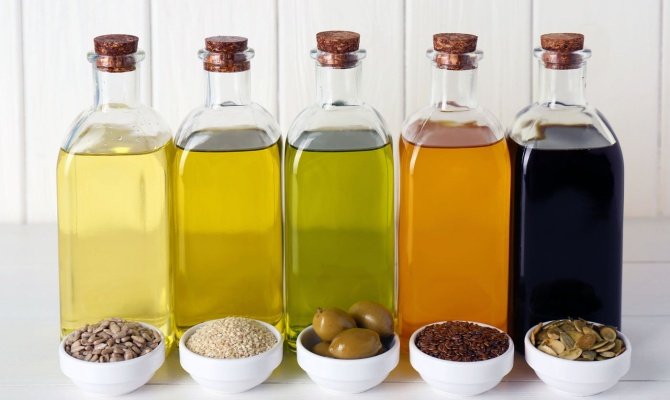

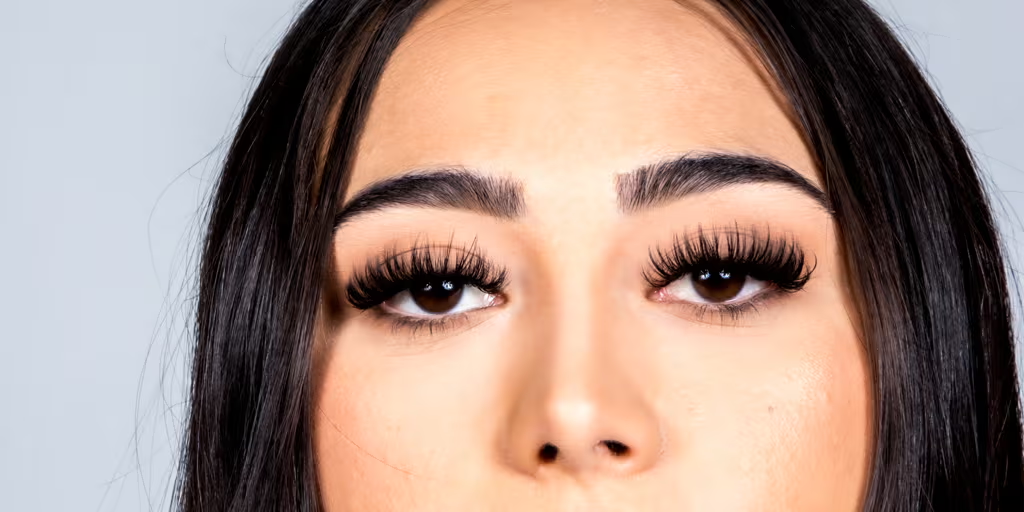
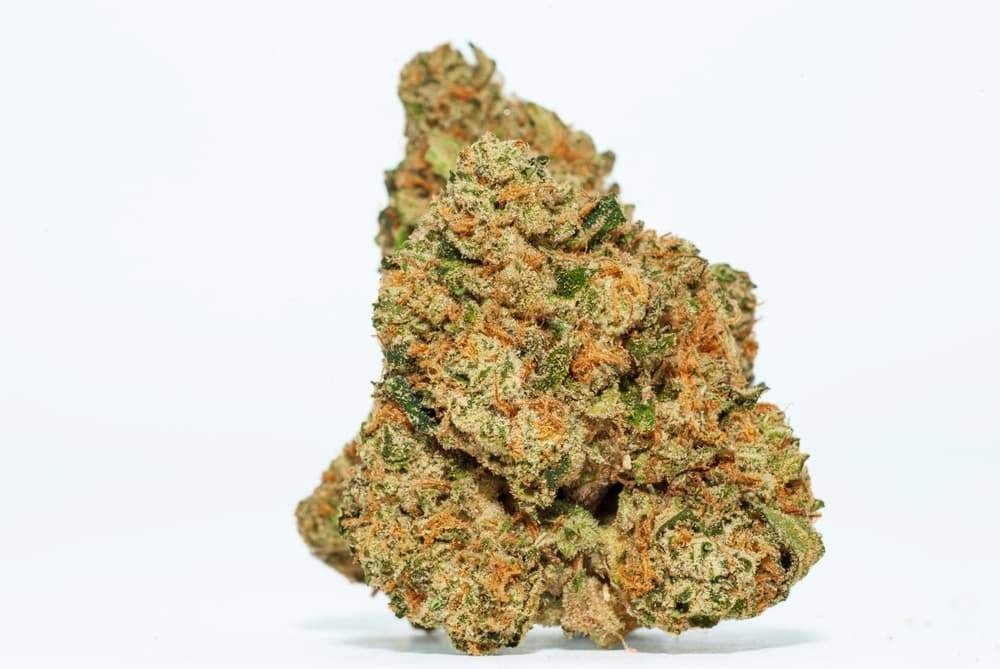
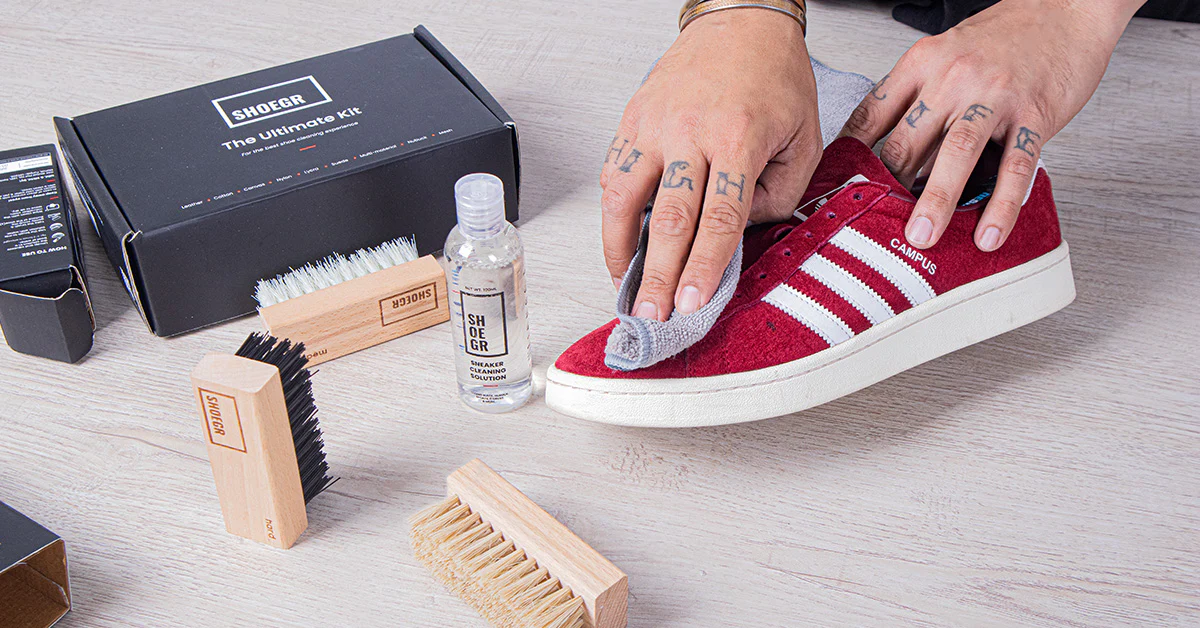





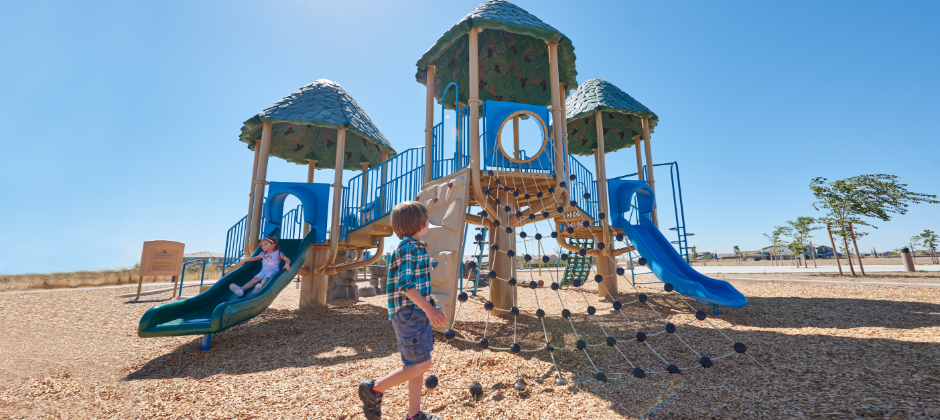

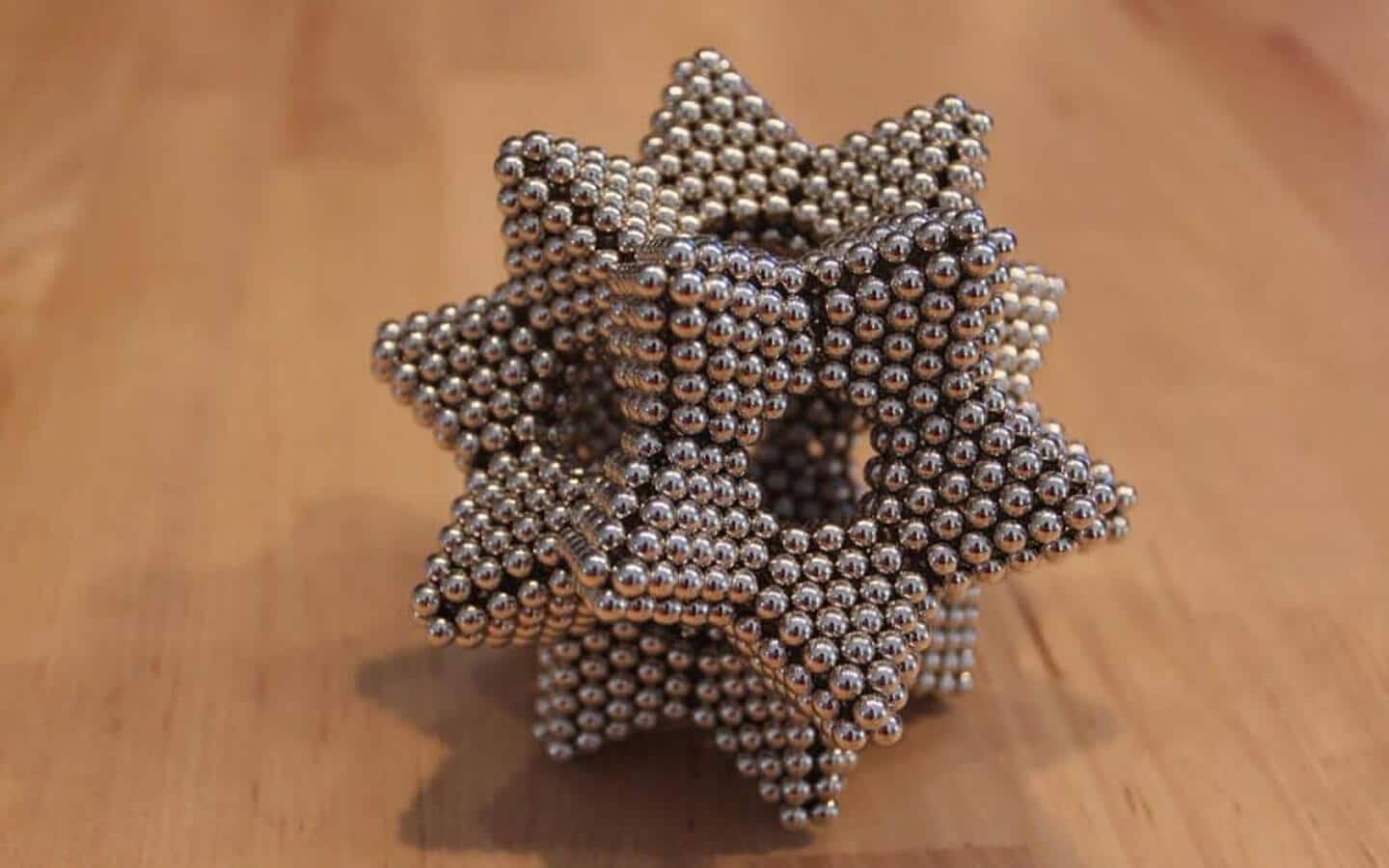
Leave a Reply